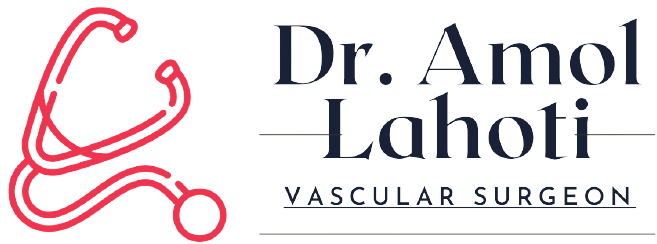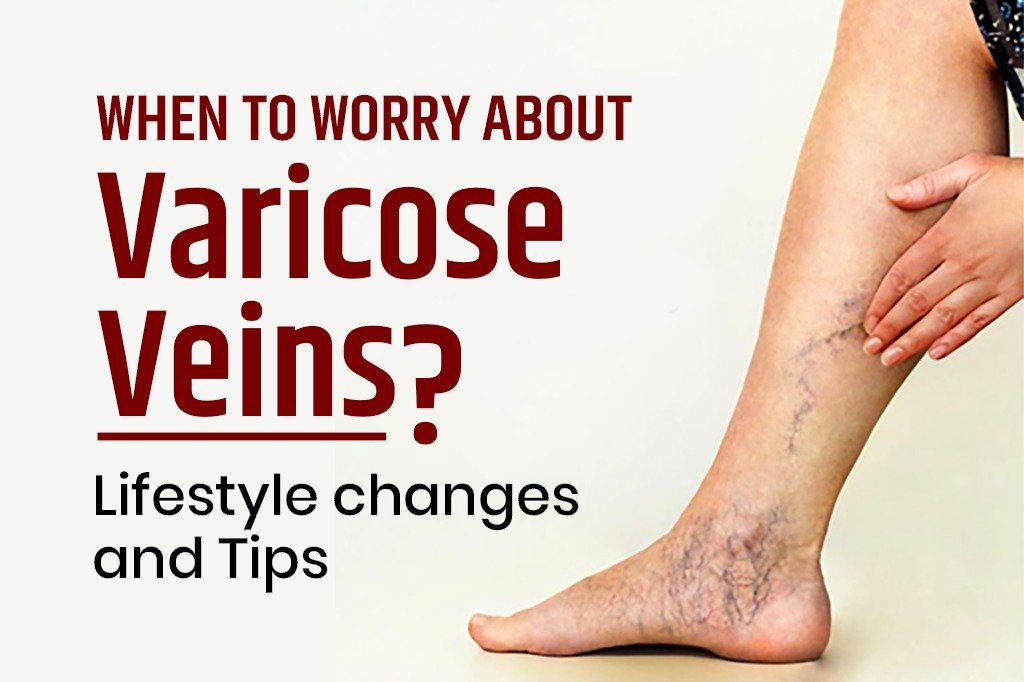Millions of people worldwide suffer from varicose veins, a common medical disorder marked by swollen, twisted veins that frequently appear blue or dark purple. Varicose veins may appear to be a cosmetic concern, but they can occasionally be a sign of underlying medical issues that need to be treated right once. Dr. Amol Lahoti, a best varicose veins specialist in Aurangabad, offers expert guidance on when to seek treatment.
What Are Varicose Veins?
When your veins’ valves deteriorate or weaken, blood builds up and pressure rises, resulting in varicose veins. Since the legs take the brunt of gravity and extended standing or sitting, this condition most frequently affects them.
Common Symptoms of Varicose Veins
Before delving into when to worry, it’s essential to recognize the symptoms:
Visible veins: Enlarged, twisted veins that are easy to spot under the skin.
Swelling: Particularly in the ankles and feet.
Aching or discomfort: Persistent pain, heaviness, or throbbing in the legs.
Skin changes: Discoloration, dryness, or thinning skin around the affected area.
Itching or irritation: Around the veins, which might mimic eczema.
While mild varicose veins are generally harmless, certain signs and symptoms warrant professional evaluation.
When to Worry About Varicose Veins
Varicose veins may need medical care in the following situations:
1. Excruciating Pain or Unease
A warning sign could be persistent pain that gets worse after standing or sitting for extended periods of time.
When weight and swelling interfere with day-to-day activities, a medical checkup is necessary.
2. Changes to the Skin
Advanced venous disease may be indicated by ulcers, open sores, or wounds close to the varicose veins.
Chronic venous insufficiency may be indicated by thickness or darkening of the skin surrounding the veins.
3. Hemorrhage
Even small damage might cause severe bleeding if a varicose vein ruptures, necessitating emergency attention.
4. Clots of blood
Tender, hard lumps in the veins could be a sign of thrombophlebitis, which is an inflammation brought on by a blood clot.
A pulmonary embolism is one of the potentially fatal consequences of deep vein thrombosis (DVT), a dangerous disorder in which clots develop in deeper veins.
5. Quickly Getting Worse
See a doctor right away if new varicose veins develop unexpectedly or if existing ones get worse abruptly.
Options for Varicose Vein Treatment
Dr. Amol Lahoti, a well-known varicose vein doctor in Aurangabad, can offer individualized treatment options based on your condition if you’re exhibiting these symptoms. Contemporary therapies are quite successful and minimally invasive, and they include:
Changes in Lifestyle:
- Exercise on a regular basis to increase circulation.
- controlling weight to lower blood pressure.
- Leg elevation can help reduce swelling.
Compression Treatment:
Compression stockings aid in symptom management and blood flow improvement.
Procedures With Minimal Invasiveness:
- The process of injecting a solution to seal off smaller varicose veins is known as “sclerotherapy.”
- Large veins can be sealed with endovenous laser therapy (EVLT).
- Radiofrequency Ablation (RFA): Closes damaged veins with heat.
- Phlebectomy: Making small incisions to remove surface veins.
As the best doctor for varicose veins in Aurangabad, Dr. Lahoti is well known for providing the most advanced care that prioritizes patient comfort and long-term outcomes.
Why Choose Dr. Amol Lahoti to Treat Varicose Veins?
- Expertise: Dr. Lahoti has successfully treated many patients over the years.
- Advanced Techniques: Makes use of the newest technology to provide less invasive and efficient treatments.
- Patient-Centric Care: Prioritizes customized treatment to provide the best possible results and patient happiness.
- All-inclusive Services: Dr. Lahoti offers complete solutions for varicose veins, from diagnosis to aftercare.
Tips for Prevention
Although you have little control over some risk factors for varicose veins, like age and heredity, you can take the following actions to lessen their effects:
- Avoid standing or sitting for extended periods of time; take pauses to walk about.
- To lower venous pressure, keep your weight within a healthy range.
- Include regular leg-strengthening activities, such as swimming or walking.
- To improve blood flow, put on low-heeled, comfy shoes.
Don’t wait for the condition to get worse if you’re feeling uncomfortable or seeing symptoms of varicose veins. For a comprehensive assessment and individualized treatment plan, see Dr. Amol Lahoti, the top varicose vein specialist in Aurangabad. You may reduce symptoms, avoid complications, and regain confidence in your appearance and health with professional care.

